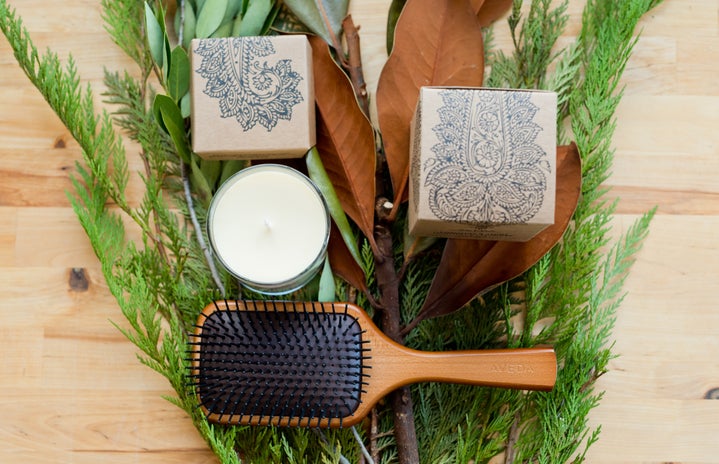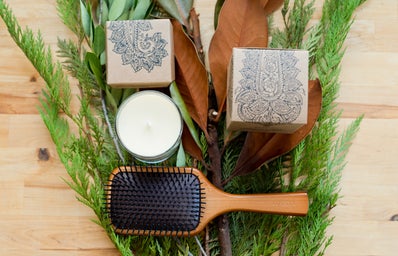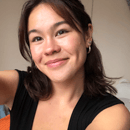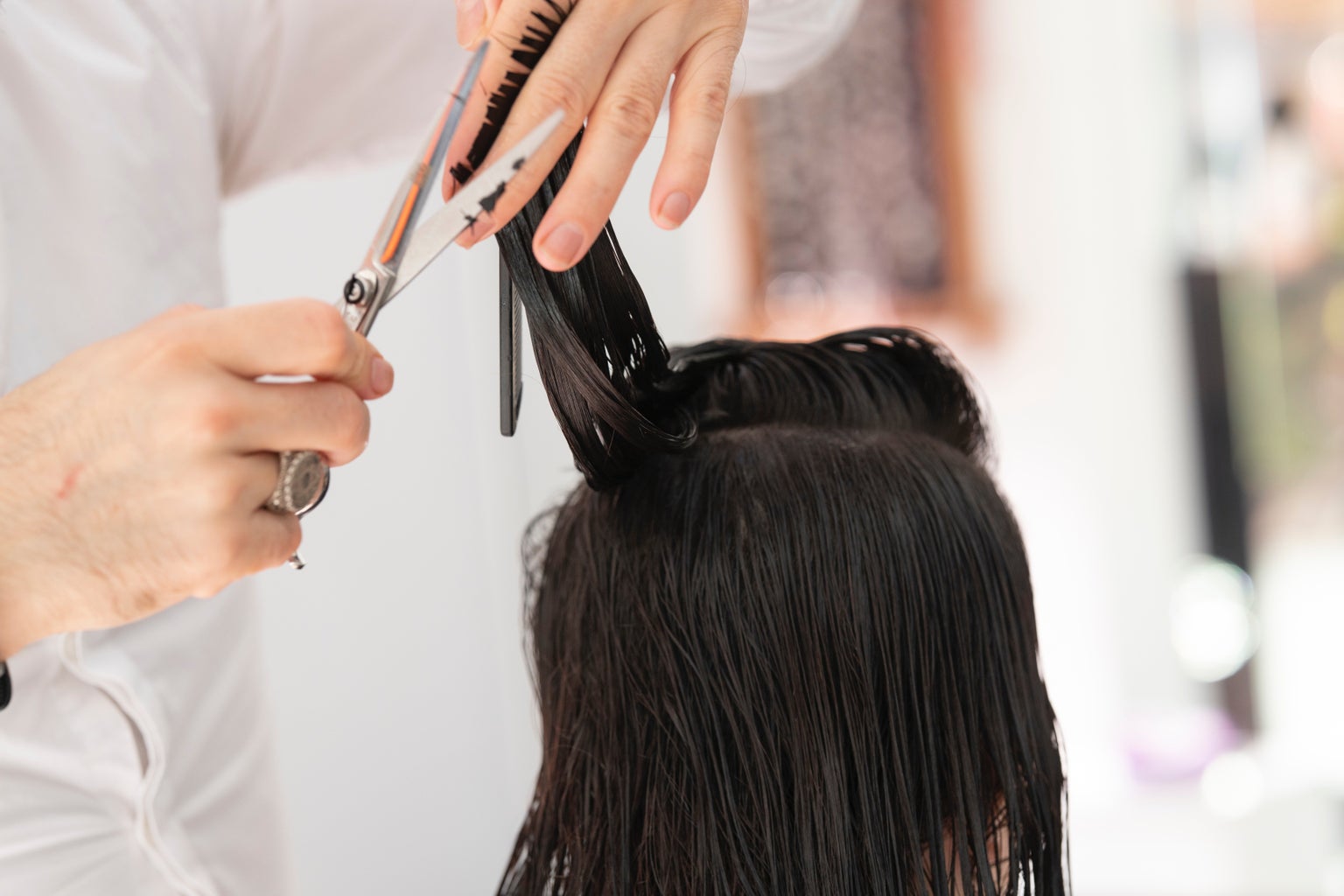The Her Campus National Editors write about products we love and think you’ll love too. Her Campus has affiliate partnerships, so we get a share of the revenue from your purchase. All products are in stock and all prices are accurate as of publication.
The Pandemic Phase
I may have fallen victim to the bleached blonde hair phase during covid, and even worse, I took the DIY route. My hair suffered through one too many bleachings and colorful dyes with little TLC from me and because of that, I’ve had to stop my ways and try and revive my dead hair. The process has been long and ongoing, but I’ve learned a lot about hair care and self-care in general through doing so.
*Disclaimer*
I want to emphasize everything here is based on my personal experience and hair type. I have thick wavy hair, which became thin and less defined after my many bleachings, so I primarily base my hair health and the liability of these practices/products on my strand strength, thickness, and how much my wave/curl pattern has returned since starting this routine. I also wash my hair around two to three times a week so I personally do not use any of these products every day, nor do I think using them every day would make much more of a difference.
The Chop
The first step I had to take was to say goodbye to a good chunk of hair. Depending on your situation, such as how much of your head you’ve bleached, the texture and thickness of your hair, and how many times you bleached certain areas, it may be different for you. For me, as a person who bleached their hair four to five times and did their whole head… well let’s just say most of it had to go.
If you’re intimidated, start off with a few inches and remain conscious of how your hair feels and looks, then assess how much damage control your hair really needs. From my experience, the best way to gauge where your hair is in terms of health is by seeing how your hair reacts after those first few trims. If you do a solid chop right at the beginning, there is less to worry about.
The general rule of thumb is to trim your hair every six to eight weeks, but others argue if you want to grow out your hair every twelve weeks is a better timeframe. However, bleached and processed hair is a different story. A great tool is this easily readable chart by Healthline which tells you when to trim according to your hair.
Overall, the best thing you can do for your hair to begin recovery is to commit to a decent chop and remain consistent with regular trims.
Hair Masks
Hair masks have become one of my saviors. Before I bleached my hair I really had no sort of hair care routine. After bleaching my hair, I had no choice other than to start a routine. My mom was someone who constantly recommended products, and I settled on a handful I’ve grown to love, though I want to stress these are a small few in the realm of options for hair health and can vary depending on your hair texture, thickness, curl pattern, etc.
For the price and the soft feel after, one of my favorites is the native vegan hair mask. Standing at around $10 this mask is smooth with a delicious scent, leaving your hair soft and moisturized after washing. On wash days, I also follow up with the It’s a 10 Miracle-Leave-In Conditioner. Although a bit more pricey than the native hair mask, this leave-in spray may have been the most helpful product that I have tried in strengthening my hair. I won’t say it repaired the damage from bleaching, but I noticed my hair did not feel as flimsy or break as easily after using this product consistently.
Another important hair mask to have is a clarifying/cleaning hair mask. Although deep conditioners and sprays can leave your hair feeling softer, sometimes they can cause more harm than good when it comes to things such as product build-up. To avoid this, I recommend investing in a cleansing hair mask.
Since my mom is a QVC pro, while watching one day she discovered Tweak’d by Nature Above The Clouds Hair Cleansing Treatment Duo for $55 from the QVC website. Both bottles have about 10 oz of product, which will last a decent amount of time.
hair oils
If you bleached up to your roots, and did it multiple times, you may have noticed a decreased production of oil on your scalp. Sadly, not having oily roots isn’t such a great thing. Your hairs like the natural oils you produce, and even appreciate some sweat here and there. According to Head & Shoulders, the natural oils we produce protect our scalps from things such as bacterial infections. An aftereffect I had from over-bleaching was a super dry scalp which then caused excessive dandruff.
Hair oiling is not only a great way to bring some life back to those strands, but can also help with dandruff struggles. My personal favorites have been Jojoba and Vitamin E oils. According to Healthline, Jojoba oil acts similarly to a moisturizer, which can aid dandruff, split ends, breakage, and of course, dryness.
Vitamin E oil also helps with dandruff and overall scalp health alongside the prevention of hair loss, increased scalp circulation, and an increase in shine. Although, more research needs to be done in the area of hair oiling before we can hail it as a true hair miracle worker.
overall
I may have needed to cut off a good foot of hair and invest in a handful of hair products, but I will never regret my bleaching phase. Playing around with colorful dyes and expressing your individuality and creativity through your hair is something I will always encourage others to try; I only recommend you make sure you take the proper care your hair needs and deserves.



